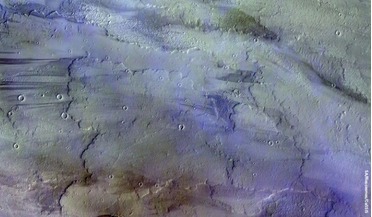 January 2018
When it comes to water Mars may not be the promised land
January 2018
When it comes to water Mars may not be the promised land
... to carve Valles Marineris. With a volume of 9.85 million cubic kilometres, Valles Marineris is the largest canyon on Mars.But if water was not capable of carving it out, what was? Lava. Nonetheless, it still means that 98.5 million cubic kilometres...
 March 2022
What space taught me about water
March 2022
What space taught me about water
...Space Station, Sustainability Base uses 90 percent less potable water than a traditional building of comparable size. A company ..., I often find myself thinking about the popular quote “water water everywhere, nor any drop to drink,” from Samuel Taylor...
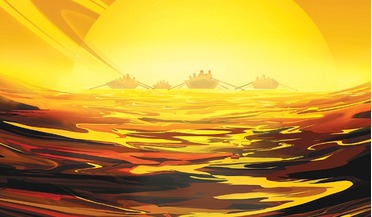 March 2016
Searching for water in the Solar System
March 2016
Searching for water in the Solar System
...or recently launched. Following the successful Hayabusa mission, Hayabusa-2, launched in November 2014, will perform a sample return of a water-rich asteroid. The OSIRIS-REx mission to be launched later in 2016 was selected under NASA’s New Frontiers...
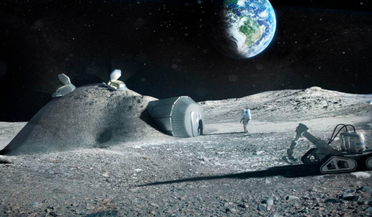 26 October 2020
Scientists detect molecular water and cold ‘water traps’ on the Moon
26 October 2020
Scientists detect molecular water and cold ‘water traps’ on the Moon
...airborne telescope known as SOFIA (Stratospheric Observatory for Infrared Astronomy) are cementing our understanding of water on the Moon. Previously, water ice in the form of OH (hydroxyl) locked in lunar regolith had been detected, but now research...
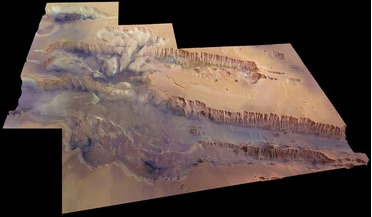 15 December 2021
ExoMars discovers large amounts of hidden water in Mars’ Grand Canyon
15 December 2021
ExoMars discovers large amounts of hidden water in Mars’ Grand Canyon
...of conditions must be present in Valles Marineris to preserve the water – or that it is somehow being replenished. At ten ...and reveals a large, not-too-deep, easily exploitable reservoir of water in this region of Mars.” The team's study, “The ...
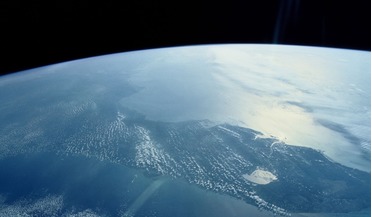 31 August 2020
"Dry" meteorites unlock the origin of Earth's water
31 August 2020
"Dry" meteorites unlock the origin of Earth's water
...originated in the outer Solar System delivered the vast amounts of water engulfing our planet during a period of bombardment early in ...to avoid being biased by the input of terrestrial water." Their results show that the rocks contain sufficient ...